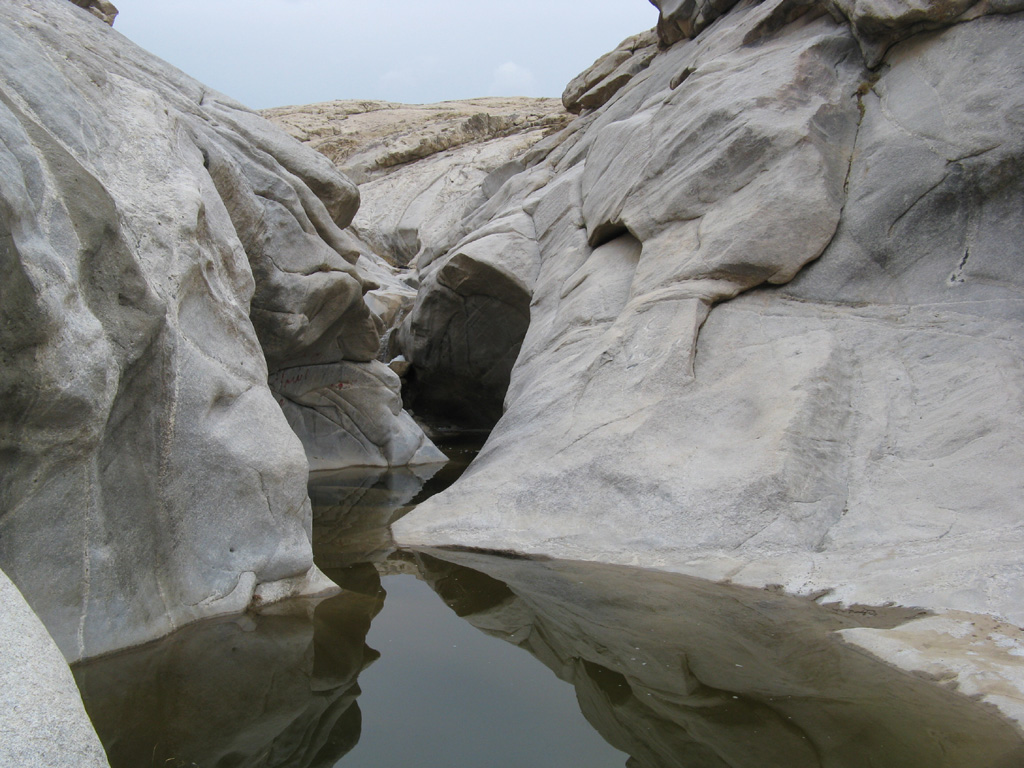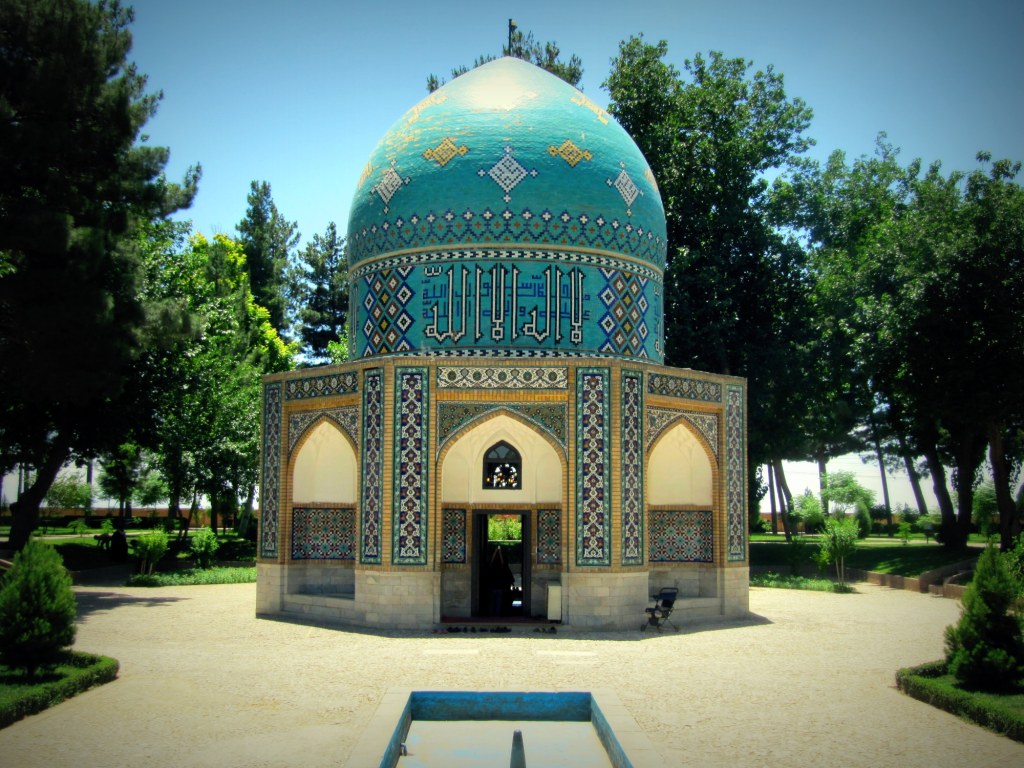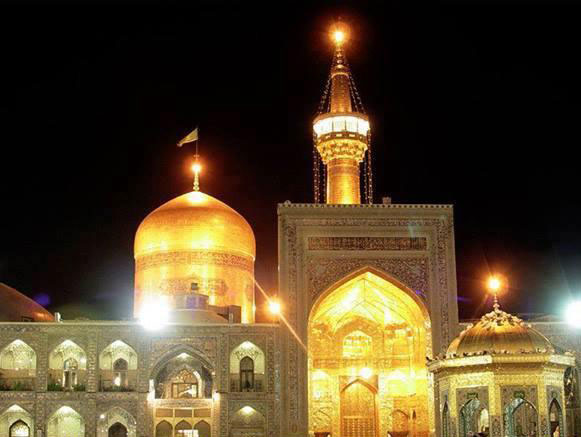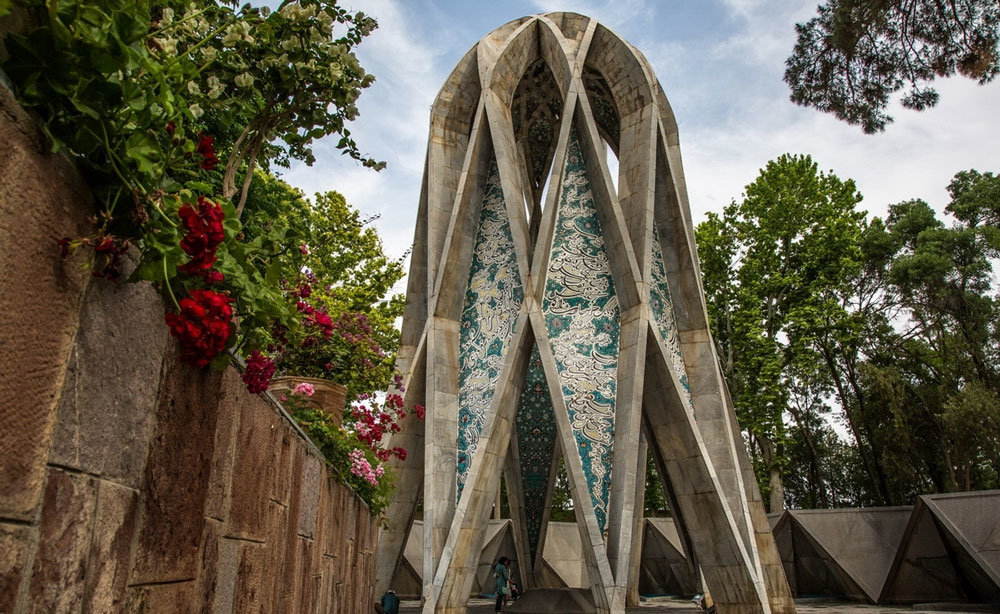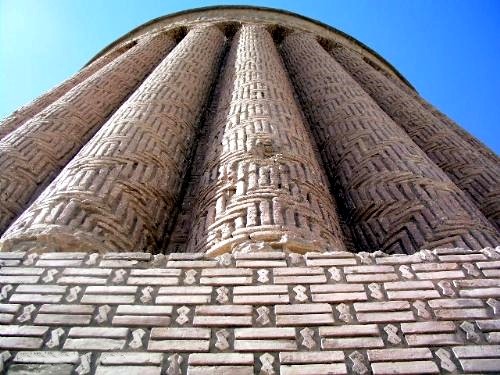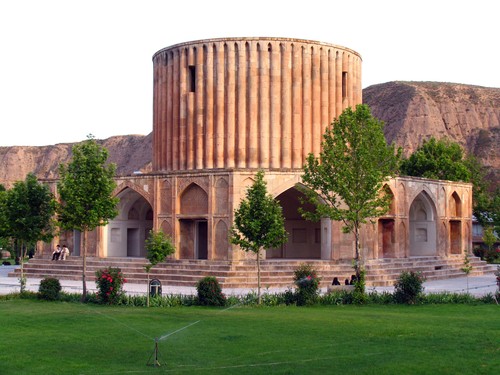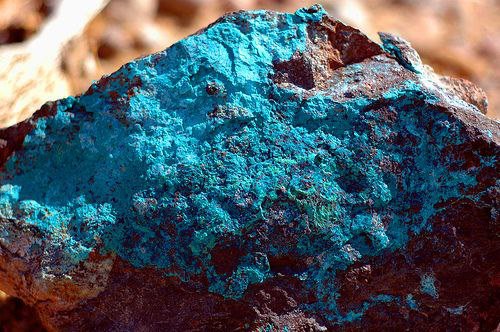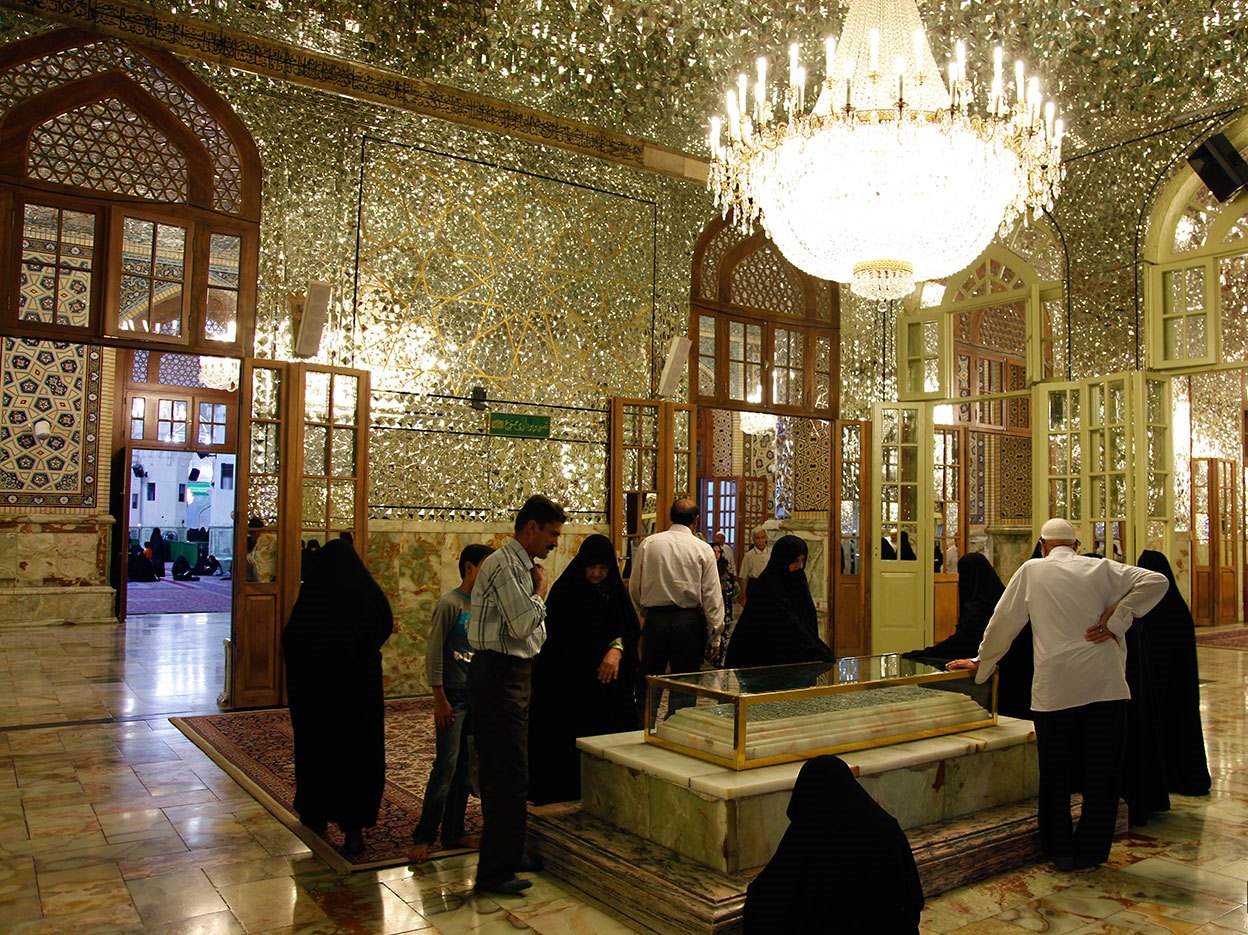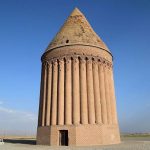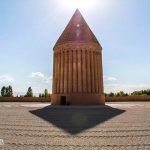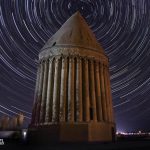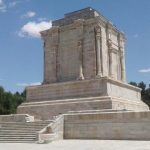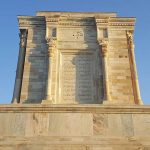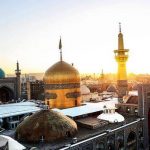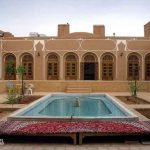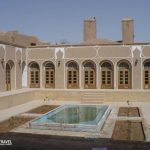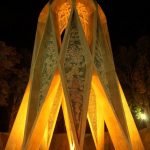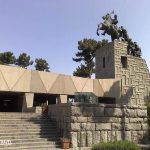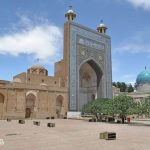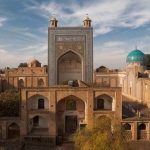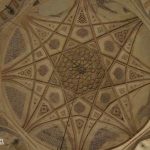is a historical monument that was built on the tomb of Attar by Amir Ali-Shir Nava'i in Timurid times. It was completely renovated during the second Pahlavi period and partially renovated in the 1990s. Farīd Ud-Dīn Attar Neyshaburi, well-known Iranian poet and mystic, was born in 1145 and died in 1221. His mausoleum is located on the Erfan Street in present-day Nishapur and welcomes every year people interested in Iranian literature and culture. His famous works are "The Conference of Birds" and "Tazkirat al-Awliyā". The tomb of Mohammad Ghaffari, known as Kamal-ol-Molk, a famous Iranian painter, is also in Attar Garden. Kamal-ol-Molk Tomb was designed by the Iranian architect Hooshang Seyhoun. The mosaic of faience was used to decorate the tomb of Kamal-ol-Molk. The skilful designs of the faience mosaic have been used on the curved surfaces of the monument, and these designs are becoming smaller and smaller towards the line of symmetry of the arches. According to the designer, the faience mosaic is reminiscent of Kashan's architecture, that is, the architecture of Kamal-ol-Molk's birthplace. The facade and ornaments of the monument and its tiles are in perfect harmony with the mausoleum of Attar Neyshaburi, located next door, which visitors can consider as two parts of the same monument at first sight. This place was inscribed on the National Heritage List in 1963. The skilful designs of the faience mosaic have been used on the curved surfaces of the monument, and these designs are becoming smaller and smaller towards the line of symmetry of the arches. According to the designer, the faience mosaic is reminiscent of Kashan's architecture, that is, the architecture of Kamal-ol-Molk's birthplace. The facade and ornaments of the monument and its tiles are in perfect harmony with the mausoleum of Attar Neyshaburi, located next door, which visitors can consider as two parts of the same monument at first sight. This place was inscribed on the National Heritage List in 1963. The skilful designs of the faience mosaic have been used on the curved surfaces of the monument, and these designs are becoming smaller and smaller towards the line of symmetry of the arches. According to the designer, the faience mosaic is reminiscent of Kashan's architecture, that is, the architecture of Kamal-ol-Molk's birthplace. The facade and ornaments of the monument and its tiles are in perfect harmony with the mausoleum of Attar Neyshaburi, located next door, which visitors can consider as two parts of the same monument at first sight. This place was inscribed on the National Heritage List in 1963. the faience mosaic recalls the architecture of Kashan, that is, the architecture of the birthplace of Kamal-ol-Molk. The facade and ornaments of the monument and its tiles are in perfect harmony with the mausoleum of Attar Neyshaburi, located next door, which visitors can consider as two parts of the same monument at first sight. This place was inscribed on the National Heritage List in 1963. the faience mosaic recalls the architecture of Kashan, that is, the architecture of the birthplace of Kamal-ol-Molk. The facade and ornaments of the monument and its tiles are in perfect harmony with the mausoleum of Attar Neyshaburi, located next door, which visitors can consider as two parts of the same monument at first sight. This place was inscribed on the National Heritage List in 1963.

